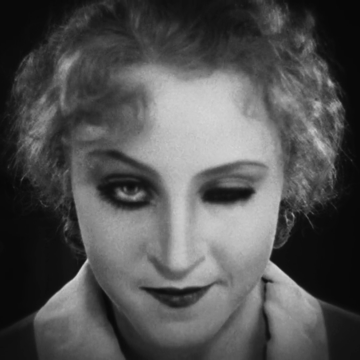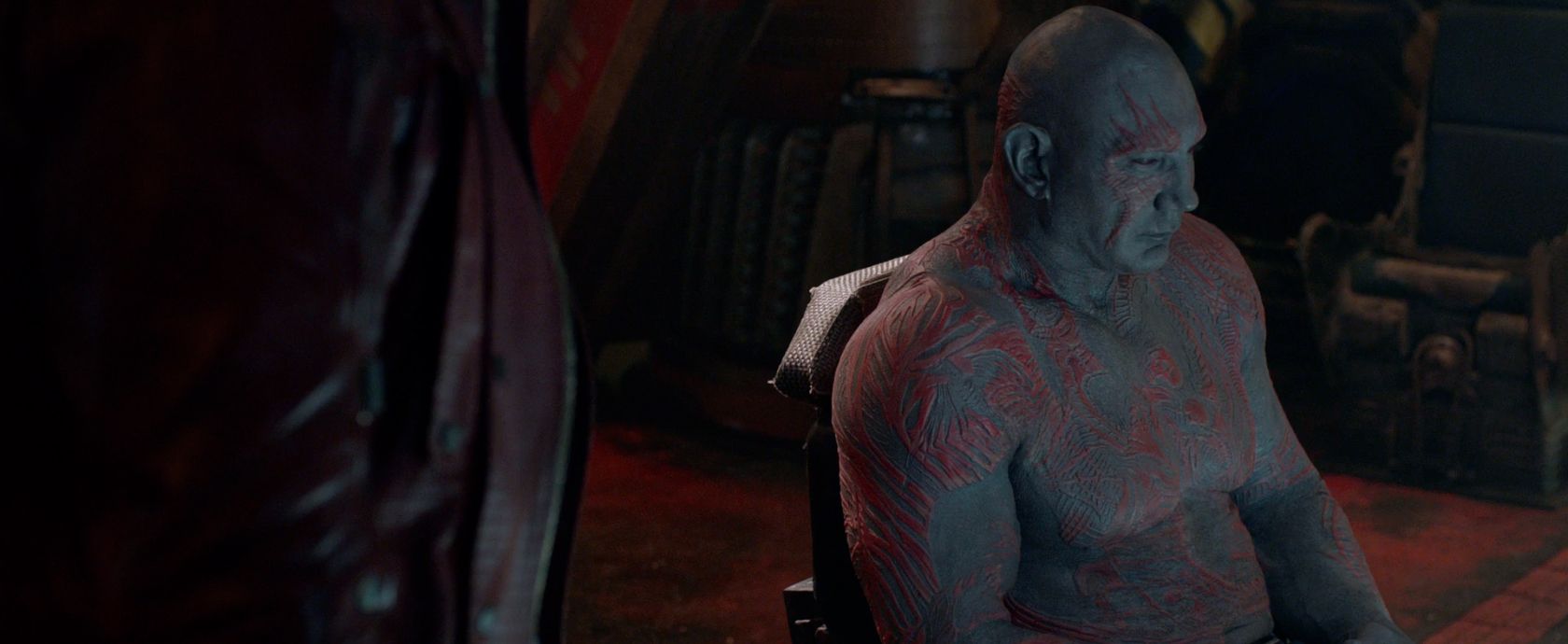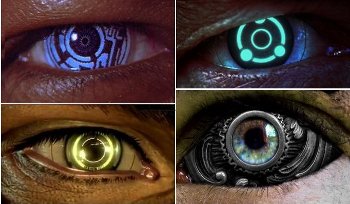Films are shot at 24fps for economical reasons. It was decided early that this was the minimum acceptable framerate to simulate motion and faster framerates are more expensive. This also created a lock-in where projection technologies would only be suitable for 24fps so making a higher framerate movie would need special projectors. AFAIK this should not really be a limit in the future with more modern projectors, and there is a chance Avatar 2 will push more theathers into adopting 48fps capable projectors. Assuming Av2 is successful. It is possible that it failing will doom higher framerate movies for a long while.
This also causes people to perceive higher framerates as "wrong" -although it is very possible that the Hobbit is using weird aperture or other settings that make it look weird, we don't really have the technical experience to decide, and the hobbit movies are actually p bad in other senses-.
By the same token, historically NTSC and PAL had very standard framerates of 30 and 25 fps (interlinear, but whatevs). Nowadays with HDTV there is no technical reason for TVs to not broadcast at 60 fps, and it seems that sports at 60fps are particularly a good match; don't really know how successful the ventures on broadcasting sports at higher framerates are.
One of the most interesting things to do with fps is variable framerate; the movie
https://en.wikipedia.org/wiki/Brainstorm_(1983_film) Brainstorm, originally was going to have segments at 24fps and 60fps, to distinguish between reality and virtual reality, but the project had to make do with different proportions.
It'd been cool cause it would have manipulated the "soap opera" effect into actual storytelling.
All in all the main reasons are economical and just people being used to 24fps movies and 30fps tv. The soap opera effect is just being used to soap operas on tv tech; hell, there are people who get used to the motion smoothing effect in their tvs and prefer it. So you know it is just about being used to it. In the end, it'd be better for everyone if we used different framerates for different effects/genres/situations but I don't really know if it is going to happen. I think this generation of people will be more open to higher framerate video so maybe things will improve. If you read the criticisms of HFR movies, people mostly say it looks soap-opera-y, or videogame-y, which indicates it is just their brain associating certain framerates to certain kind of content, and not an actual problem with the format.
Of course, costs of special effects also push back doing HFR movies, as you potentially double the frames you gotta touch up, so the economical forces are against it again. Ironically, this means that HFR movies would be a waaay better match for realistic productions (and this could potentially make these movies look more realistic) that use little CGI (although nowadays it seems everything uses post production), but the ones pushing for it are movies like the hobbit and avatar which are CGIfests.





